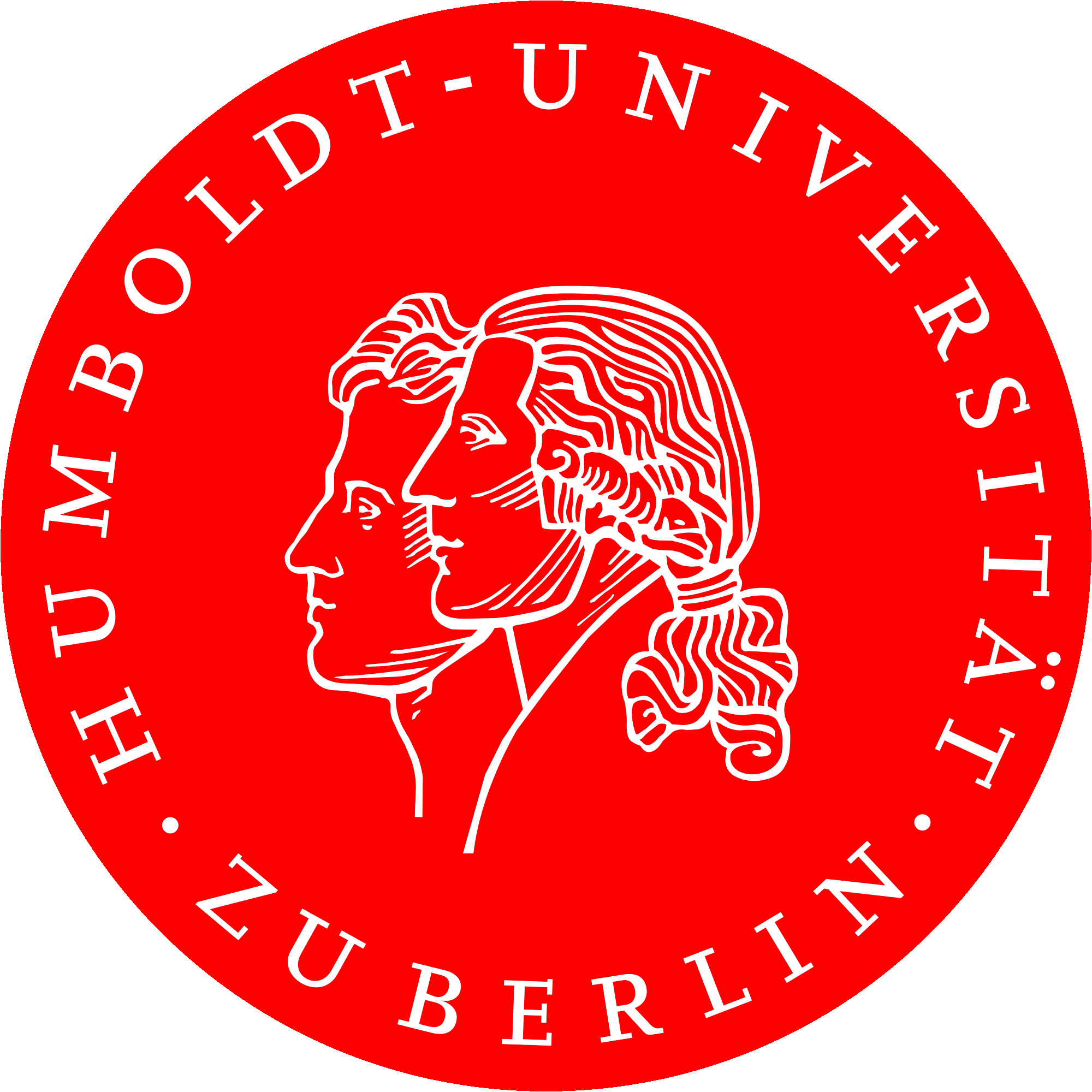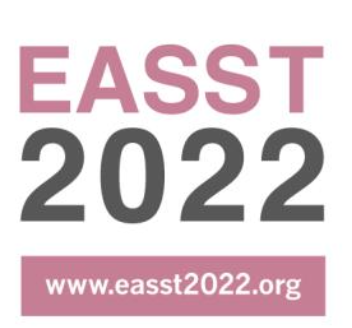What is in the air? With this question (and song), we started our panel entitled “Doing Airborne Exposure” during the biennial conference of the European Association of Science and Technology Studies (EASST) held in Madrid in early July 2022. Our aim was to gather and exchange ethnographic insights and to initiate a discussion on the sociopolitical as well as technoscientific practices of addressing health effects from invisible sources and stressors in the air. The wonderful panelists answered the question of the airborne and how it is socially performed quite differently, offering rich material for the discussant Ignacio Farías to respond, and for our joint discussion that followed the seven presentations.
Do you trust the air?
Each of the presentations gathered diverse and rich samples of the air’s composition — of bodies, sensibilities, technologies, fears and concerns. In our first session, we learnt from Sophia Rossmann (Technical University of Munich) how epigenetic researchers enact exposure to air pollution and how citizens, in the presentation from Sophie van Balen (Erasmus University Rotterdam) and Irene van Oorschot (KU Leuven), in Rotterdam sensitize themselves to climate change through weather events and acts of weathering. In his case study of an environmental law case, Patricio Flores (University of Warwick) raised the issue of industrial chemical pollution transmitted through the air in the form of contaminated dust, and how this travelled across continents in the form of a legal case (to be made). Rory Sharp (York University) drew our attention to electromagnetic radiation coming from newly or soon-to-be installed 5G wireless communication networks, which he discussed as ‘paranoid infrastructures’.
In session two, Hung-Ying Chen’s presentation (National ChengChi University) featured face masks as part of a long and varied history of governmental public health measures while all of us were, of course, relating to Covid-related precaution measures and trying to ‘undo exposure’ as we were attended this huge conference in Madrid. While many of us listened to Hung-Ying’s presentation about masks while wearing face masks ourselves, her co-presenter Marijn Nieuwenhuis joined us remotely from his home office in Rotterdam.
In the following presentation, Kevin Hall (Philipps Universität Marburg) offered yet another angle on the Covid virus in the air by recounting and analysing his work and research experience as a contact tracer during one of the earlier pandemic waves in Germany. Finally, Zofia Bieńkowska (University of Warsaw), Franciszek Chwałczyk (Adam Mickiewicz University) and Paloma Yáñez Serrano (Adam Mickiewicz University) evoked the elderly’s experience of hot wind and sun radiation during a recent summer heat wave in Poland.
In each of the accounts of exposure to the air, we saw how the air becomes diverse, something that takes shape within a variety of practices, but equally one that shifts out of shape, a challenge to be fixed into stable objects of knowledge.
Different modes of doing airborne exposure
Taken together, these presentations not only presented very different sources of airborne exposure, but also different ways of performing or ‘doing’ exposure. The airborne, so our assumption goes, makes this particularly challenging as it renders pollution invisible, diffuse and atmospheric, scrambling a direct line between source and receiver (body) (in the same way that clouds elude an outline). And, as Ignacio Farías observed in his role as discussant: “the airborne is a condition that undoes certainty, that cannot be captured through causalities.” In his summary and response to the panel contributions he came back to one of the focal points of our ERC project, namely the empirical question of how exactly strategies of doing exposure are done or performed? Inspired by Bruno Latour’s Inquiry into Modes of Existence (2013), Ignacio suggests that the seven presentations might be understood in terms of five different modes of doing exposure or ways of bringing “exposure” into existence.
The scientific mode was strong in Sophia’s paper on how medical researchers try to pin down exposure. It was striking to see how different scales were enacted by these scientists as they mobilised issues of global health along with local mobility practices and very microscopic sampling of tissue. Here, we saw the challenge of tying air pollution and exposed bodies together and of establishing exposure as a fact along a chain of inscriptions that could hold causality together.
Causality as a challenge returns within the legal mode of exposure. Patricio’s paper showed the difficult work necessary to “make a case” about exposure. His paper, moreover, told us about the radical displacements or translations of exposure in the context of a Chilean court case against a Swedish company. This legal mode of doing exposure implied that local protesters were first reframed as victims in order to act as claimants in front of a court and then, their claim of potential health damage into a case of ‘moral damage’ – implying that there is not only a potential that health effects will materialise in the future (and it will be difficult to causally link them to airborne pollution), but that harm is already done as people in the contaminated area have to live with the painful awareness of being constantly exposed to environmental pollution. Contrary to the scientific mode outlined above, this legal mode does not aim to seamlessly ‘connect the dots’ of evidence, as Ignacio put it, but involves ‘radical ontological jumps’.
The governmental mode was strong in the two presentations with a pandemic focus. Both contact tracing (Kevin’s paper) and prescribing masks for filtering out and shielding people from viral particles (Hung-Ying’s paper) constitute quite pragmatic approaches to the pandemic challenge of airborne exposure. While they enact this exposure in a specific way, they also “cut entanglements”, observed Ignacio. There is an immunological or “security” logic here — a technical way of creating “safe spaces” and secure bodies through separation. And although such governmental techniques build on scientific evidence, they differ radically from scientific modes of un/doing exposure as they do not aim to establish causal relations, but instead aim to “find the most effective interface and spot in order to intervene” and to ensure the health of the population.
The medial mode was most explicit in the presentation on electromagnetic radiation and the ‘paranoid infrastructures’ that they entail. As Ignacio recalled, Rory thereby used the notion of ‘information bubbles’ to explain how exposure is done in a self-fulfilling-prophecy-like manner in the self-reproductive and recursive social media discourses — where exposure is not linked to establishing “causal links” or cutting into the entanglements between air and bodies, but through rumour, social media hits, algorithms, and one’s informational situation.
The everyday mode of doing airborne exposure was teased out by Sophie and Irene in their presentation on climate change experiences in Rotterdam as well as by Zofia and Franciszek in their presentation on heat waves. Interestingly, both research teams observed that their interview partners had difficulties in voicing their exposure experiences in their own words. This led Ignacio to suggest that their own ethnographic practice and their research collaborations might be considered as part of the process of doing the particular forms of weather and heat exposure presented in the papers — where “exposure” insofar as it is a uibqituous and mundane experience requires its own unfolding, of being turned inside out.
To conclude, while thinking and writing about airborne exposure and how it is performed, made relevant and mitigated, we should not forget to reflect on the ways in which we do exposure as ethnographers, how we create conditions for collaborating with informants around issues of exposure and how we retell and reframe their concerns in our research as we are venturing to do it in our joint project “Urban Vibrations: How Physical Waves come to matter in Contemporary Urbanism.” In this context, the EASST panel offered us a wonderful opportunity for reaching out to our colleagues who work on and deal with similar issues in different research fields.
We will keep up this discussion and we thank them for joining us!



